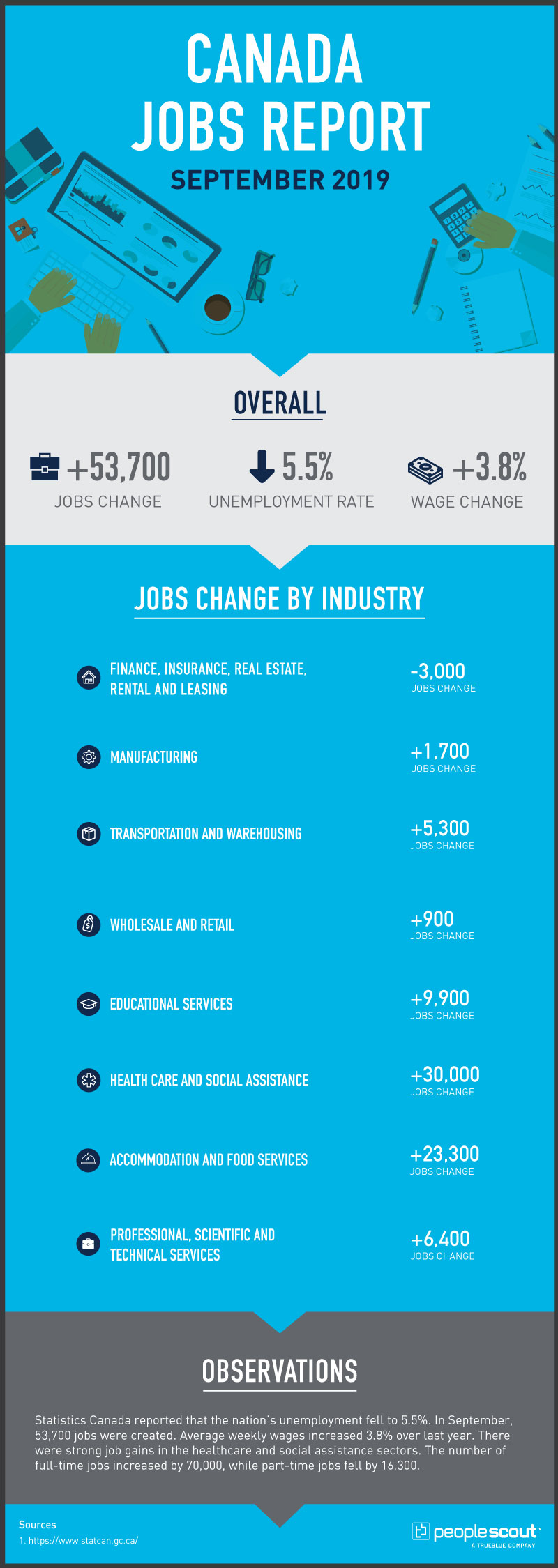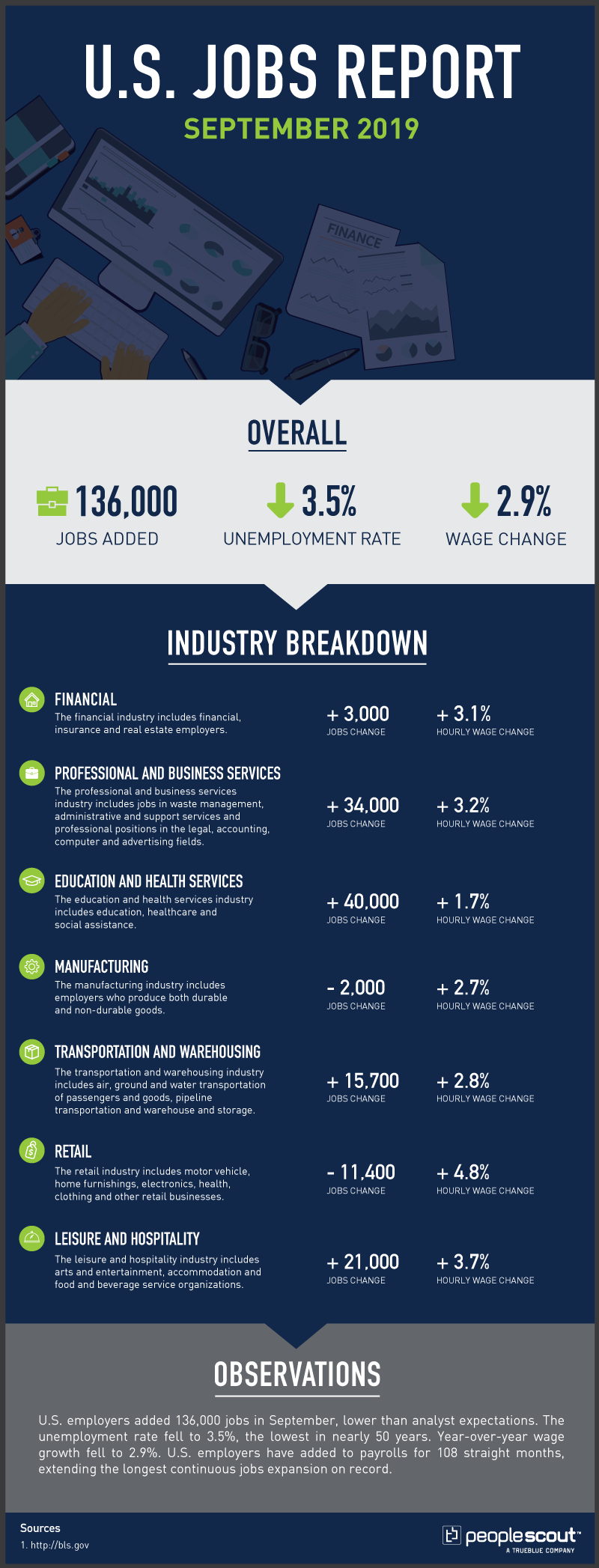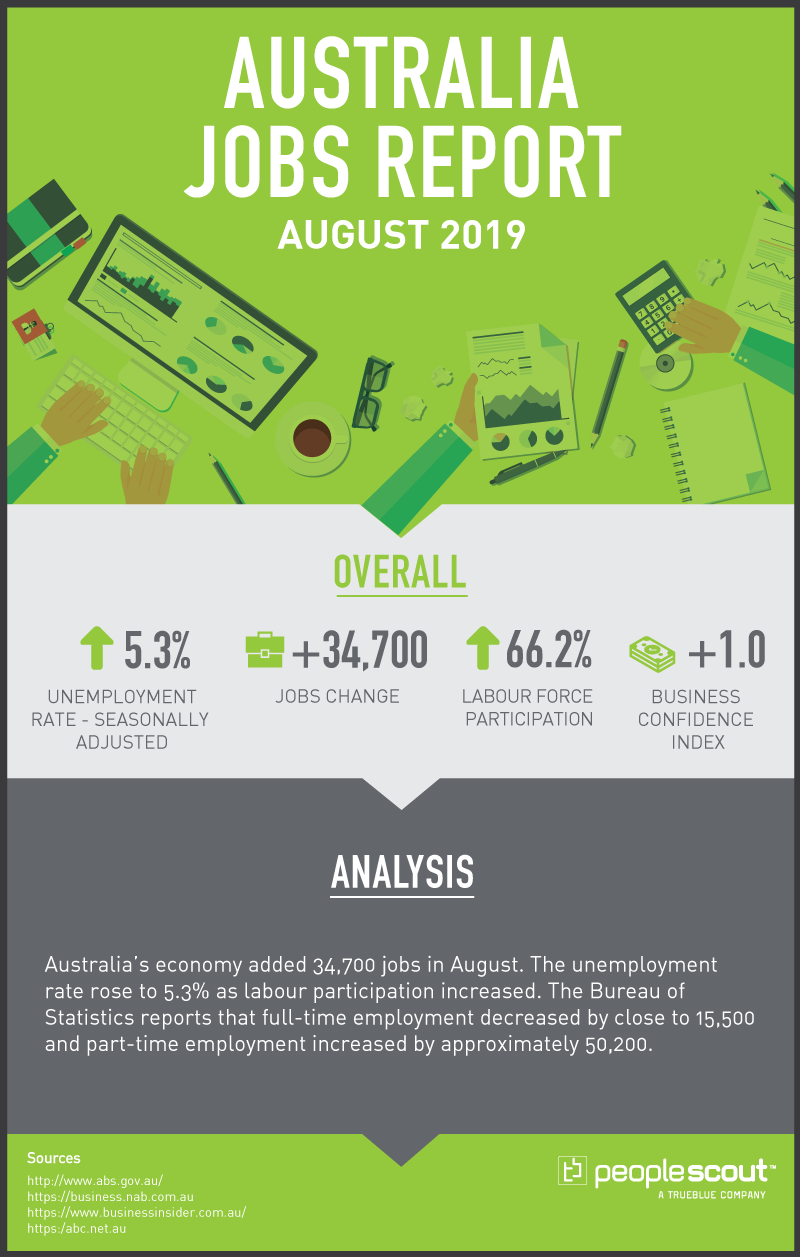If you’re
only focused on recruitment but not retention, you’re throwing away money.
According to Forbes, the cost of replacing an employee can range anywhere from 50% of the salary of an entry-level employee to more than 200% of the salary of a senior executive. Increasing retention – even by just a couple of percentage points – can save millions of dollars each year.
I think “engagement”
and “retention” are just different words for the same thing. If you want to
retain people, you need to engage them, and you should start as early as
possible. Recent surveys have found that about 30% of job-seekers have left a
job within the first 90 days of hiring. Despite this, most onboarding programs
are too short. According to SHRM, nearly 40% of onboarding programs last one
week or less.
This is
important across the talent spectrum. In extreme-burnout, high-volume roles,
culture counts. Rather than just dealing with unwanted turnover, you need to
onboard employees to your culture early. You need them to be invested with you
so they have a reason to stay.
On the
other end of the spectrum, I consistently see specialized, rock-star candidates
deflate when they become new employees. During the recruitment process, they
are engaged and excited for a new role. But, when there is no onboarding
process, they are left on their own – unengaged and more likely to respond to
the next recruiter that pops into their inbox.
In this
article, I’ll walk you through how to set up an onboarding program that builds
engagement from day one. Then, I’ll share strategies on how you can continue to
measure that engagement and build it further.
The 90-Day Onboarding Program
A
well-developed onboarding program for the first 90 days makes all the
difference in the world when it comes to engagement and retention. When new
employees start on day one, they have a lot of expectations, and they’re
excited. However, many employers forget how critical the first impression is to
a new hire.
For many
organizations, the onboarding program starts and ends an employee’s first day
with HR basics. Employees fill out paperwork, get a badge, find their desks,
complete a training and often receive some sort of handbook. That’s it.
Employees are left without any idea of what their first 90 days will look like.
In some cases, employees go home from that first day not even knowing what’s in
store for day two. These programs are set up by default. They’re easy, and
they’ve often been in place for a long time.
I
recommend a 90-day program that is designed to give the employee control over
their onboarding experience. When a person owns their career experience and
expectations are clear from the beginning, they are more likely to stay. They
will be set up for success in those first 90 days and beyond.
The Background
I like to
think of a new employee’s first 90 days in three phases.
Phase 1:
Shadowing
Phase one
is often the first 30 days a new employee is at an organization. They are
integrating themselves into your organization and absorbing your company
culture, structure and processes. They’re learning what their own role entails
and what’s expected of them.
Phase 2:
Reflecting Back
Phase two
takes place during days 30 through 60. The new employee is taking the
information they learned in the first 30 days to start developing and sharing
their own ideas. However, they are doing this cautiously, looking for feedback
and checking to see how their role fits in the organization.
Phase 3:
Starting to Soar
In phase
three, or days 60 through 90, the employee is taking more freedom and action on
their own, but still checking in with some regularity. As they transition out
of this phase, they have a base where they know who to go to and how the
organization operates, but they are taking control over their own career.
Building the Program
As
employers build an onboarding program, I encourage them to think of it as a
360, where they introduce the employee to everything they will touch and be
touched by at an organization. To do this, employers need to ask two questions:
What
tools, technology and equipment does the new hire need to do their job?
Most
organizations have some sort of onboarding program to get a new employee
acquainted with the tools they need, but they fall short on the second
question:
What
processes and people does the new hire need to know to do their job?
We can
break this question down into more pieces. Who is the new employee going to
interact with? Who are they going to learn from? Will they have a mentor? Who
will they go to for what kinds of information or resources? What is the
operating philosophy at this organization and in different departments? What
are the fastest and most efficient ways to navigate this organization?
Your
onboarding program should provide a new hire with the answers to both of these
questions and empower them to take control of their role.
A Program That Empowers
In many
organizations, it’s unusual for companies to give a new hire control of their
onboarding process, but I recommend creating an onboarding plan and handing it
over. With that plan and the right guidance, employees will be engaged in their
own career success from day one.
However,
that doesn’t mean they are on their own. There’s a lot of hand-to-hand or
shoulder-to-shoulder work that has to take place. If you have people working
virtually, video is important. You can gauge someone’s total emotional
responses. You can see if they’re learning and absorbing. Make sure you can see
each other more than once or twice in the first 90 days. It makes new virtual
employees feel like part of the team.
As a best
practice, I encourage one-on-one, short meetings with key team members. This
can be as short as 15 minutes. Managers should provide a new hire with a guide
to what their first 90 days will look like – who they are going to meet with,
where they are going to get the things they are going to need, and access to
people’s calendars. In these meetings, the new hire can learn team members’
responsibilities, processes and philosophies, and can also share information
about themselves. These conversations help facilitate better working
relationships.
Instead
of relying on traditional trainings for critical material, I encourage
different interactive teaching styles so the new hire can absorb and apply the
knowledge. This could be training on technology, best practices for outward-facing
roles, or company culture – things that are tempting to stick in a guidebook or
slide deck. However, because people often don’t retain information well from
passive, instructor-led training, challenge the status quo and explore better
ways to deliver training.
Transitioning Out
The
transition out of the formal onboarding period should also be included in the
onboarding plan you provide new employees. When you empower them to take
control of the process, it should be simple. In the last 30 days, the new
employee should already be starting to soar in their role, and check-ins will
be less frequent. However, for some strategic roles, the process may take
longer than 90 days.
What About New Promotions?
I also
recommend using this same approach with people who are promoted from within.
While most employers typically have at least a very basic onboarding program,
newly promoted employees are rarely given any onboarding support. You can use
the same strategies, but I recommend – at the very minimum – an abbreviated
version.
How to Measure Engagement & What to Do With the Numbers
We know
what engagement feels like. When you walk into a workplace with an engaged
workforce, you can feel the positive energy. When you walk into a workplace
with a disengaged workforce, you want to turn around and walk back out the
door.
Your
battle for engagement may start with the onboarding process, but it doesn’t end
there. Once, I took over a company for a founder and morale was really low. We
measured it, and it was a three out of 10. Within six months, we scored it
again and we were at a seven out of 10. When engagement is low, you need to
measure and then act.
Measuring Engagement Effectively
There are
so many engagement tools out there, but I say: just keep it simple. Measure
engagement consistently, do it on a frequency that makes sense for your
organization, share the results, and share what you’re willing to do about the
results.
Most
companies have some form of employee survey, and tons will do these surveys
once a year like clockwork, but they don’t do anything with the results. If
you’re going to survey people and do nothing with it, don’t survey at all. You
actually do more harm to yourself and to your employees because you’re
demonstrating that their wants, needs and engagement don’t matter.
First,
ask for the right information. There are three areas I always recommend:
- Do you know what is expected of you at work?
- Do you have the tools that you need to do your work?
- Do you have the opportunity to do what you do best at work?
From
there, you can ask more specific questions related to your organization or
changes you are considering making, but only ask about areas where you are
willing to make changes. You can ask more simple questions to make early wins.
For instance, you could ask about upward mobility, career pathing or
development – if you’re prepared to put something in place to address it.
Then,
publish your results. You don’t have to share every detail, but you do have to
publish the themes, and you do have to be authentic. If the results aren’t
great, people already know that. However, it gives you an opportunity to
demonstrate that you hear your employees and are willing to make changes to
address their concerns.
Building a Pulse Team
I also
like to create what is called a pulse team – the culture team for your company.
The team should be a cross-functional group of key stakeholders – not
executives. The group can pulse what’s going on, how people are feeling, if
they are supported, if they are happy and if they are productive.
The pulse
team reports up and out to the executive team on a frequent basis – many do it
quarterly, but some companies even have it monthly. This gives everybody a
pulse on what’s happening on the ground, especially if an organization is
virtual or global. Then, leaders have a chance to understand when something
isn’t going well and address it.
Organizational Influences
When you
take time to follow these steps – building an onboarding program, measuring for
engagement and responding, your people are more likely to become invested in
your organization. They can see their career path. They can see that your
organization cares. There’s depth and predictability. All of that increases
engagement, which increases retention.
Recall
what I said at the start of this article: engagement and retention are just
different words for the same thing. To increase both, you need to start with
the first 90days, and you can’t stop.
About the Expert
Dana Look-Arimoto is a mentor, speaker and change agent. Dana has more than 20 years of experience in the talent ecosystem. She’s created Phoenix5 to evangelize a new mindset: Stop Settling™. She coaches executives and leaders of all kinds to become their all in every part of their life: work, home, community and giving back. Dana also recently released the book, “Stop Settling, Settle Smart: Rethinking Work-life Balance, Redesign Your Busy Life.”





